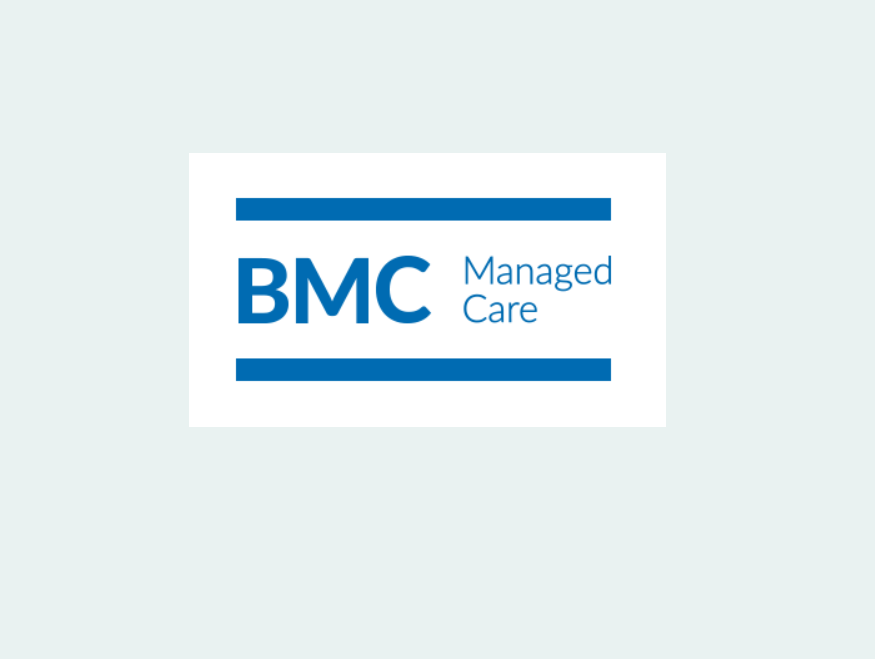
BMC Annual Congress on Managed Care in Berlin: 3D mammography on its way into standard care
Berlin, 2023 May – HOLOGIC attended the BMC Annual Congress on April 18 and 19 in Berlin. 120 interested visitors followed the expert panel on the topic “Innovation and standard care – a contradiction? Developments and tangible horizons in modern breast cancer care” on which HOLOGIC was represented by Dr. Alexander Hoffmann, Director Market Access EU North.
Access to better diagnostics, therapy and patient support for those affected was the focus of the discussion. With approximately 71,000 new cases per year and approximately 18,000 deaths[1], breast cancer is still the most common type of cancer in women. Today, women between the ages of 50 and 69 have the opportunity to take advantage of the statutory breast cancer screening program (mammography screening). The European Commission has recently recommended it for women aged 45-74.[2] “The good news here is that the German IQWIG (Institute for Quality and Efficiency in Health Care) is now also recommending this extension of the age limit by a total of 10 years and the group of the approximately 12 million eligible women will increase to 17 million,” explains Dr. Alexander Hoffmann. The way to get there is quite complex, from the adjustment of the guidelines to the remuneration regulations for the service providers. Alexander Hoffmann expects the complete age extension to be implemented in practice by possibly 2027. “If this could be accelerated, that would be desirable for everyone involved,” says the Hologic expert.
ToSyMa study phase 1
Alexander Hoffmann sees the probably greater benefit for women in the changeover from the current 2D mammography standard to 3D tomographic images of tomosynthesis and refers to the ToSyMa study, the phase 13 results of which were published in April 2022. This world’s largest randomized, controlled, multi-centre study[4], led by the University of Münster and funded by the German Research Foundation (DFG), compares the current screening standard mammography with tomosynthesis. A 48% increase in the detection rate of invasive breast cancer was measured in the intervention group (tomosynthesis + s2D).[5] The number of “positive” biopsies that confirm the initial suspicion (measured by the positive predictive value) was also increased. Thus, the results suggest that one of the criticisms of screening, the concern of false positive findings, can be addressed with this method.
Results on interval carcinoma rates are expected in ToSyMa phase 2 by the beginning of 2025 at the latest and the data from the cancer registries are currently being evaluated. Interval carcinomas are a recognized surrogate for morbidity and mortality. A reduction in this would also be an indicator that the improved detection rate is not due to overdiagnosis, but rather finding the right, clinically relevant tumors. At the latest, these results should pave the way for tomosynthesis to become part of standard care.
Development in Europe
As early as 2021, the European Commission recommended tomosynthesis or mammography for all women in screening, especially as the method of choice for women with dense breasts.[6] Austria has already taken the current ECIBC guideline adjustments as an opportunity to introduce tomosynthesis in screening from January 2023 regularly allow. If you look at this “emancipated handling of the EU guidelines” – Dr. Hoffmann also sees this as a good incentive to make tomosynthesis available in screening in Germany as soon as possible.
Given the 48% increase in detection rate and rate of positive biopsies, 6,000 women with early stage breast cancer could be detected per year who go undetected today. After the implementation of the extension of the age limit, there should even be around 8,000 women, and this is only calculated on the basis of the participating women. If tumors are detected at an earlier stage, smaller tumors can be treated more gently or no longer have to be treated aggressively in advanced age, then this could also change the therapeutic methods.
Sources
1. Zentrum für Krebsregisterdaten; Stand 30.09.2022 [Letzter Aufruf am 09.05.2023] https://www.krebsdaten.de/Krebs/DE/Content/Krebsarten/Brustkrebs/brustkrebs_node.html
2. Screening ages and frequencies; Stand 30.09.2022 [Letzter Aufruf am 22.03.2023] Verfügbar unter: https://healthcare-quality.jrc.ec.europa.eu/ecibc/european-breast-cancer-guidelines/screening-ages-and-frequencies
3. Weigel S, Heindel W, Hense H-W, et al. Breast Density and Breast Cancer Screening with Digital Breast Tomosynthesis: A TOSYMA Trial Subanalysis. Radiology 2022; 000:1–9.
4. Heindel W, Weigel S, Gerß J, et al. Digital breast tomosynthesis plus synthesised mammography versus digital screening mammography for the detection of invasive breast cancer (TOSYMA): a multicentre, open-label, randomised, controlled, superiority trial. Lancet Oncol April 1st 2022.
5. Weigel S, Heindel W, Hense H-W, et al. Breast Density and Breast Cancer Screening with Digital Breast Tomosynthesis: A TOSYMA Trial Subanalysis. Radiology 2022; 000:1–9.
6. Guideline der Europäischen Kommission zu Tomosynthese bei dichtem Brustgewebe: https://healthcare-quality.jrc.ec.europa.eu/european-breast-cancer-guidelines/dense-breast/DBT-alo-ne (17.07.2020).